Contribution: The special features of organisational mediation in the culturalised world of business and work
in: Congress Reader DGTA 2021 (online congress)
Dr Sascha Weigel
Abstract
The article emphasises the originality of mediation in the context of third party-supported conflict resolution, namely the possibility of using the imagined future of the parties involved as a decisive factor in the conflict decision. This unique feature of mediation makes the process particularly interesting in a culturalised, aestheticised economy. This is because the postmodern economy is also dependent on imaginations and also makes use of ideas about the future. The resulting consequences for mediation and its applications in organisations are shown in conclusion.
Excerpts:
In the Mediation it is by no means impossible for the third party to work with the past, e.g. to apologise for perceived "injustices". Sometimes this is also necessary, if not essential, for the parties involved to deal with their conflict appropriately. It may also be necessary to make practical compromises that are relevant to the present. However, it is only the creative work that follows a joint and visionary look into the imaginable future that makes mediation into mediation – and leads to more than mere mediation.
…
The future as a criterion for reflection and decision-making
…
The future serves as a point of orientation and attraction for those involved to work their way out of the present situation. This conflict management on the basis of ideas and visions of the future is a modern cultural achievement of mankind. This means that a society can be regarded as modern precisely because its members are generally and comprehensively able to think and act in such a future-orientated way. In addition, this future-orientation leads to the idea of added value and progress. If tomorrow will no longer be like today and yesterday, then life is no longer an eternal cycle of the same old thing, but represents an arrow pointing in the direction of progress.
Mediation, as a small anticipation, not only structurally enables conflict management measures that are based on reconciliation and compromise and thus the resolution of the conflict. No, the originality of mediation actually leads to future-oriented and imaginative questions about the added value, to strive for something completely new that has not yet been realised in this relationship and represents a driver of the conflict. Please do not misunderstand, this is not always and exclusively about material added value, but about cultural added value for those involved, which may of course also be material. In this way, it lends itself to modern economic and labour culture as the means of choice for conflict resolution. After all, in terms of social and cultural history, it is the world of business and work that has been practised in an exemplary manner with a focus on the future and added value as well as realising added value.
…
Expanded horizons of expectation in the modern business and working world
The modern economy, which has been capitalising (not just industrialising!) since the 16th century, is characterised by the fact that the future, i.e. images of the future, has been assigned an increasingly important role. The mental expansion of the horizon of imagination and thought "into an unknown economic future" (Becker) is the cornerstone of investing and value-added economic activity.
It is capitalism as an economic system in which "the actors orientate their activities towards a future that they perceive as open and uncertain, ... which harbours both unpredictable opportunities and incalculable risks" (Becker 2019, 12 f.).
The fact that we humans can project our (economic) activities into the future is a modern cultural achievement that enables us to structure our horizon of expectations and to assess our situation and make decisions in a world of infinite openness (Hölscher 2016).
…
Culturalisation and singularisation in the post-industrial economic world
The second special feature of the modern economy concerns its postmodern character (for more details, see Reckwitz 2018, 2020, 2012; Taylor 1996). The economic goods of organised modernity (1920s-1970s) were above all functional, standardised products of a fully developed industrial society to raise the standard of living, which had to correspond to the socially standardised life of the levelled middle-class society. All in all, they were not supposed to be extravagant, extraordinary or unusual, but rather straightforward, albeit at a high level, standardised, proper and appropriate to the social level of the wearer. Only in countercultural movements and industries was the extraordinary, sometimes revolutionary element desired and accepted. These countercultures – initially rooted in the youth culture of the 1960s, always at home in the art scene, then spreading to the advertising and fashion industries – together with the education revolution and emerging digital transformation, brought about major social change from the 1970s onwards. Individual lifestyles now overtook the levelled standard of living. Since then, the demands for autonomy and authenticity have led to people and groups wanting to be unique, exceptional, not (stinkingly) normal. And it is the capitalist economy that has understood how to serve and promote this need by "culturalising" its products. This means that it is no longer just kitchens, cars and telephones that are sold, but feelings of life, symbols and brands of individual lifestyles; in short: affect goods.
Both aspects are important for conflict resolution in the postmodern world of life and work. They give an idea of the field of application in which mediation is practised when it attempts to deal with the potential for conflict in and for organisations.
3. consequences for mediation
a) Mediation in a triangular quadrangle
…
b) Organisation takes a seat at the mediation table
…
c) Intensified examination of suitability for mediation
…
d) Communication platform, cooperation test bed and creativity workshop
…
e) Objective of organisational mediation: ability to work
…
d) Uncertainty uncertainty
Complete bibliography for the essay:
- Becker, J.: Imagined future. Fictional expectations and the dynamics of capitalism, Berlin 2018.
- Bischoff, K.: Über den Einfluss des Strategie eines Unternehmens auf die Konfliktdynamik in Wirtschaftsmediationen, in: Konfliktmanagement in der Wirtschaft. Approaches, Models, Systems. ed. by Gläßer, U./Kirchhoff, L./Wendenburg,F., Konfliktmanagement in der Wirtschaft, Baden Baden 2014, p. 439 - 456, p. 444 ff.
- English, F.: Der Dreiecksvertrag (The Three-Cornered Contract), in: Zeitschrift füTransactional Analysis in Theory and Practice, 1985, pp. 106 - 108.
- Hager, G.: Konflikt und Konsens: Überlegungen zu Sinn, Erscheinung und Ordnung der alternativen Streitschlichtung, Tübingen 2001.
- Hölscher, L.: The discovery of the future, Göttingen 2016.
- Holtwick-Mainzer, A.: The üAuthorised third parties - a comparative law study über den streitschlichtenden und streitentscheidenden Dritten, Berlin 1985.
- Reckwitz, A.: The hybrid subject. Eine Theorie der Subjektkulturen von der bürgerlichen Moderen zur Postmoderne, revised new edition of the original 2006 edition; 2020.
- Reckwitz, A.: Creativity and social practice. Studies in social and societal theory, Bielefeld 2016.
- Reckwitz, A.: The Society of Singularities, Berlin 2017.
- Reinhardt, W. (1999): Geschichte der Staatsgewalt. Eine vergleichende Verfassungsgeschichte Europas von den Anfängen bis zur Gegenwart, Munich 1999.
- Schulze, H. (1999): Staat und Nation in der europäischen Einigung, Munich 1999.
- Unberath, H. (2012): Mediation law. Law of alternative conflict resolution. Commentary, edited by Unberath, H./ Greger, R., Munich 2012.
- Weigel, S.: Why mediation now? in: Mediation as a subject of research. On the way to a German-language mediation science, 2017; edited by Prof. Dr K. Kriegel-Schmidt; pp. 143 - 159.
- Weigel, S.: Mediation in and for organisations. Organisational mediation in vukaesque environments. Part 1 - For strategy- and future-oriented conflict management, in: Perspektive Mediation 2/2019.
- Weigel, S.: Mediation in and for organisations. Part 2 - Functional change and practical concept, in: Perspektive Mediation 4/2019.


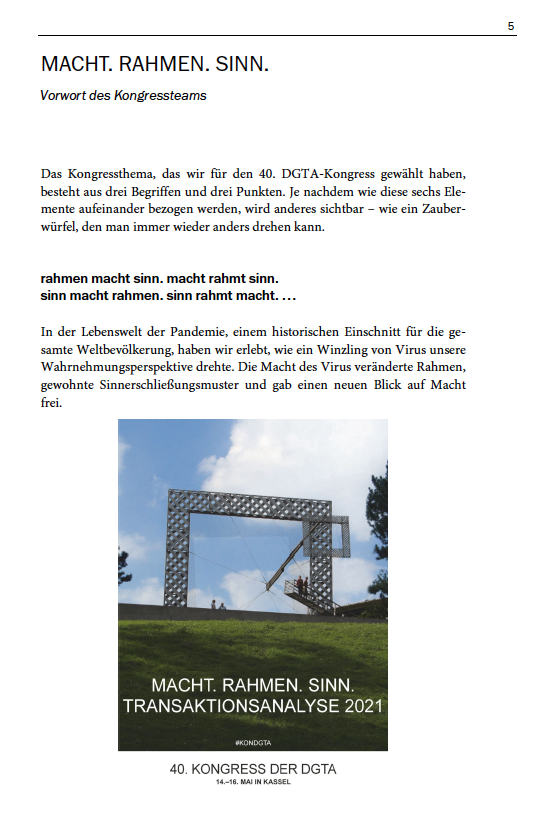
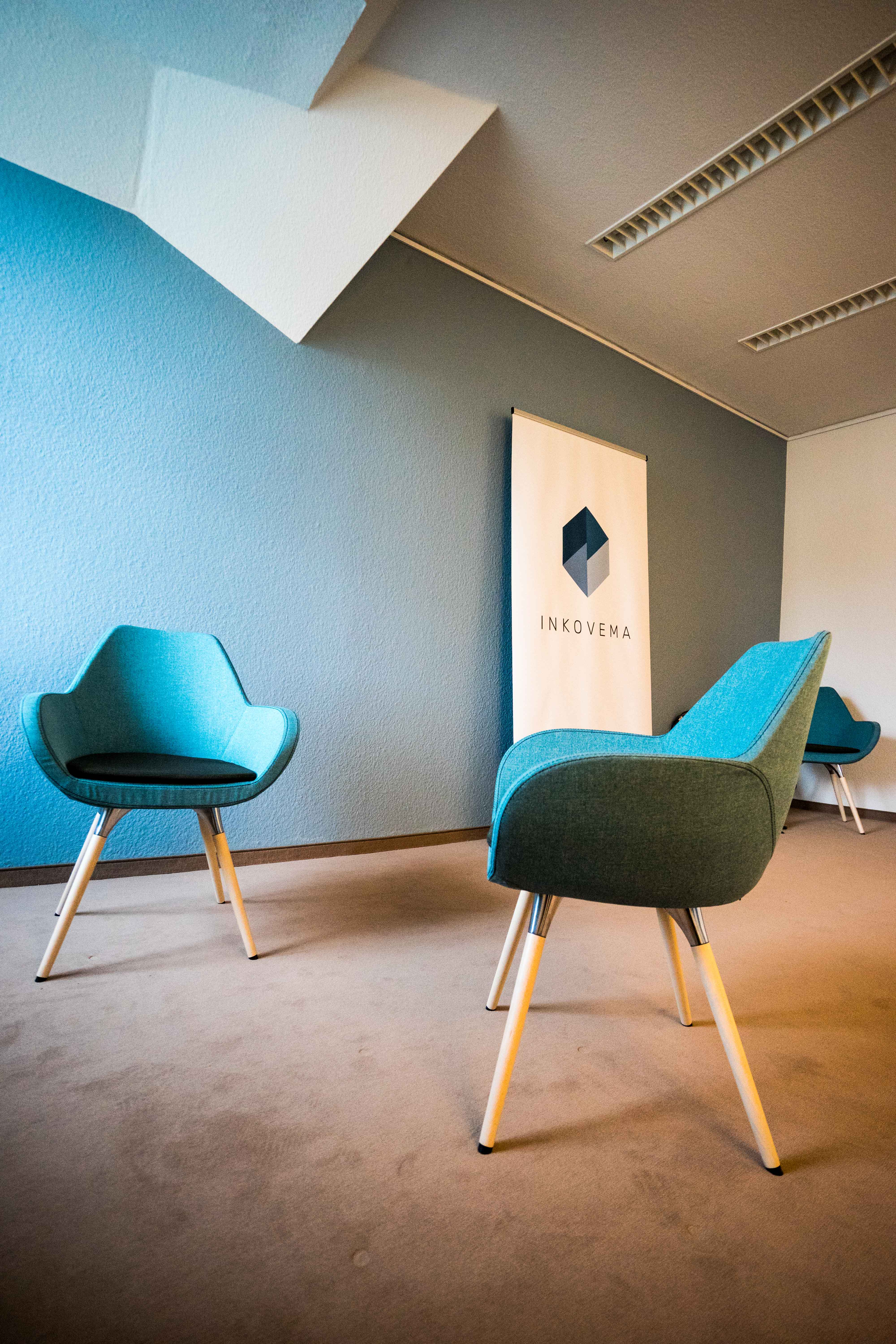
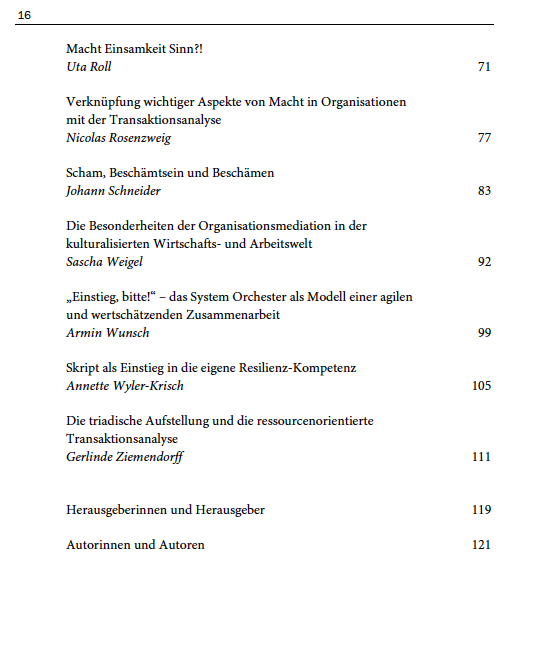
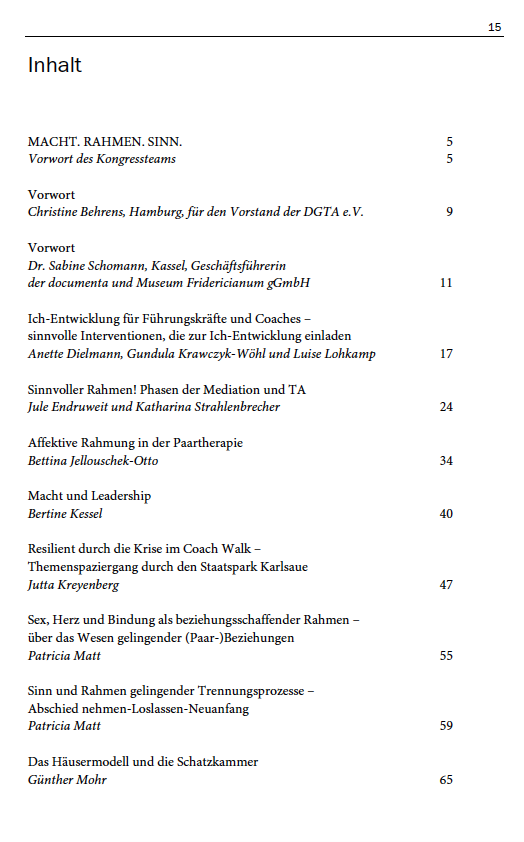
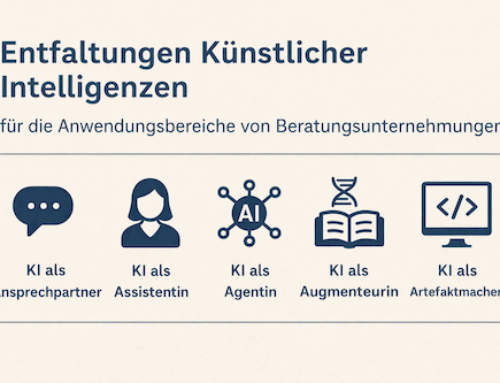
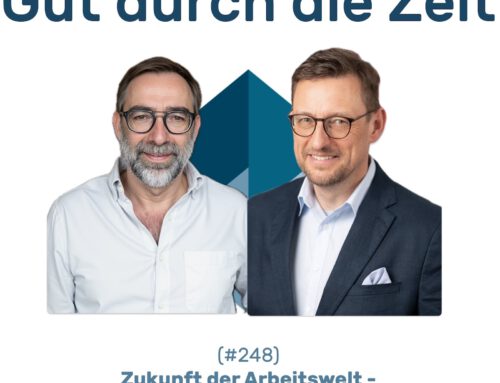

Leave A Comment